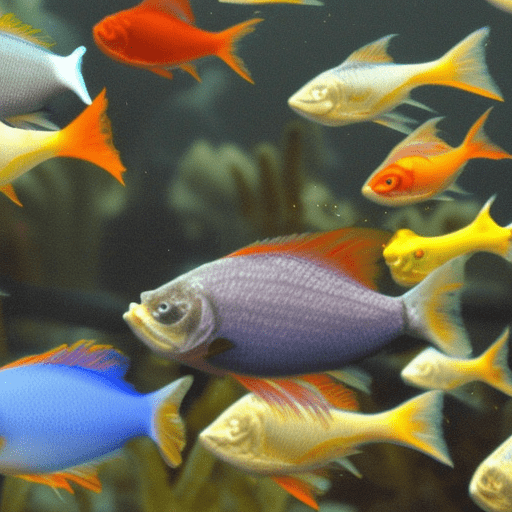What Is the Molar Mass of Oxygen (O₂): A Simple Guide
If you’ve ever taken a chemistry class, you’ve probably heard the term “molar mass.” It can sound complicated, but it’s really just a special way of weighing atoms and molecules. So, what is the molar mass of oxygen? The simple answer is: the molar mass of oxygen gas (O₂) is approximately 32 grams per mole …





